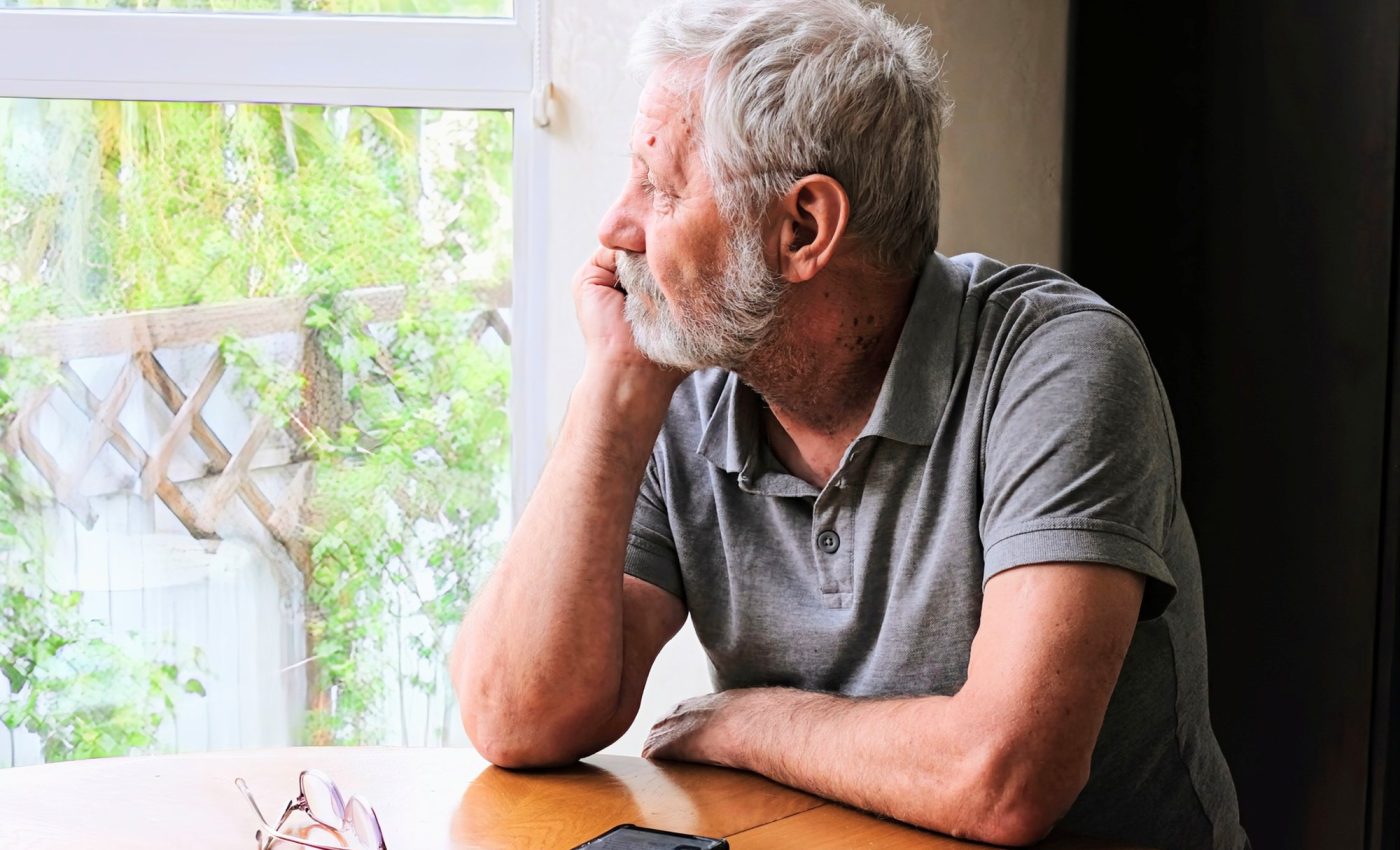
Men could face an 84% increase in cancer cases by 2050
A pivotal global study has painted a grim picture for the future of men’s health. Already at a higher risk of cancer and related deaths than women, men are projected to face an 84% increase in cancer cases by 2050, jumping from 10.3 million to a staggering 19 million.
The death toll is also estimated to rise by an alarming 93% from 5.4 million to 10.5 million. This news, brought forward by Dr. Habtamu Mellie Bizuayehu, a distinguished scientist from the University of Queensland, Australia, suggests a daunting task ahead for the global community.
Rising cancer rates in men
Why are men more susceptible to this dreadful disease? The study identified several factors, including less participation in cancer prevention activities.
Other potential factors contributing to the increase of cancer among men include underutilization of screening and treatment options; a higher degree of exposure to cancer risk factors such as smoking, alcohol, and occupational exposure to carcinogens; and inherent biological differences.
This orchestration of causes calls for a more substantial, more inclusive approach towards men’s health.
Age and economic divide
In 2022, older and less privileged men were the hardest hit by cancer. The study revealed poorer survival rates among older men and those living in countries with a low human development index, a measure of health, education, and standard of living.
Cases such as pancreatic cancer, which are generally rare, showed up more frequently among this group.
A call to action
So, what can we do to prevent this bleak prediction from becoming our reality? Dr. Bizuayehu emphasizes a global and national collaboration, along with a coordinated multisector approach, to improve current cancer outcomes.
Implementing and expanding universal health coverage, bolstering health infrastructure, and creating more opportunities for medical and public health staff training can potentially revamp the existing cancer care landscape, he suggested.
Focusing on the underprivileged
The focus should be on countries with a low and medium human development index – those with high unmet cancer service needs despite bearing a significant cancer burden.
By ensuring these regions have access to and use of cancer prevention, screening, diagnosis, and treatment options, we can bring about improved cancer outcomes equitably.
Education on cancer and men’s health
Education plays a pivotal role in cancer prevention and health outcomes. Many men are unaware of the importance of regular screenings and proactive health measures.
Increasing awareness through community programs, social media campaigns, and educational workshops can empower men to take charge of their health.
Efforts should also be made to debunk myths surrounding masculinity and vulnerability, encouraging open discussions about health issues.
Fostering a culture of health literacy can lead to early detection and improved prognosis, ultimately saving lives.
“A national and international collaboration, as well as a coordinated multisectoral approach, are essential to improve current cancer outcomes and to reverse the anticipated rise in cancer burden by 2050,” said Bizuayehu.
“Implementing and expanding universal health coverage and expanding health infrastructure and establishing publicly funded medical schools and scholarships for training medical and public health staff can improve cancer care and equity.”
Psychosocial dimensions of men’s health
The psychological aspects of men’s health cannot be overlooked in the fight against cancer. Societal expectations often dictate that men should display strength and stoicism, leading many to neglect medical help until it’s too late.
Mental health issues, such as depression and anxiety, could exacerbate health challenges, including cancer. Therefore, integrating mental health support into cancer care is paramount.
Programs that address emotional well-being alongside physical health can create a holistic approach, facilitating not only the treatment of cancer but also supporting men’s overall health journey.
Dr. Bizuayehu advocates for mental health initiatives that target these unseen challenges, highlighting their significant impact on recovery and long-term survivorship.
Equity in men’s cancer prevention
The increase in cancer cases and deaths among men underlines an urgent need to address these trends.
We are called to ensure equity in cancer prevention and care among men globally, especially for those above 65 years who are projected to experience a more than two-fold increase in cancer cases. This isn’t just a health issue. It’s a ticking time bomb that we can’t afford to ignore.
So, what is our course of action? How can we ensure that our fathers, brothers, sons, and friends have access to the care they need to lead healthy lives?
What steps are we willing to take today to close this gap? Through this powerful global study on men’s cancer, we are not only alerted, but we are also being challenged to rise to the task.
The study is published in the journal Cancer.
—–
Like what you read? Subscribe to our newsletter for engaging articles, exclusive content, and the latest updates.
Check us out on EarthSnap, a free app brought to you by Eric Ralls and Earth.com.
—–













